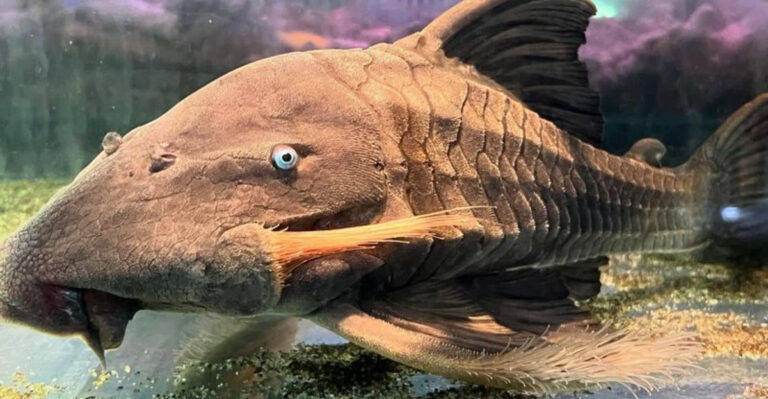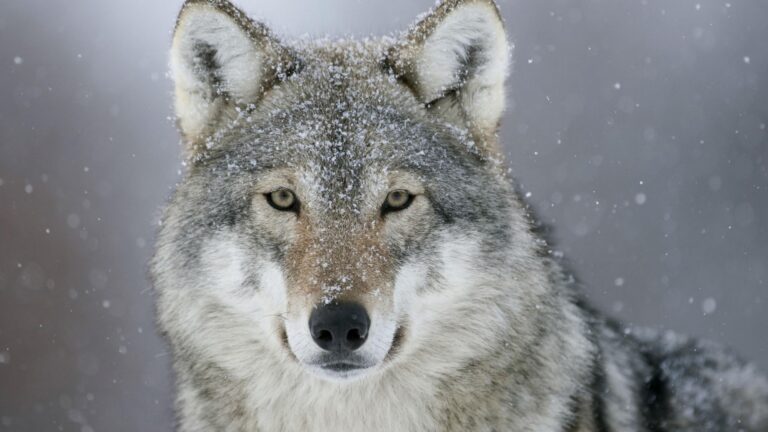The Devastating Consequences Of Eradicating All Snakes
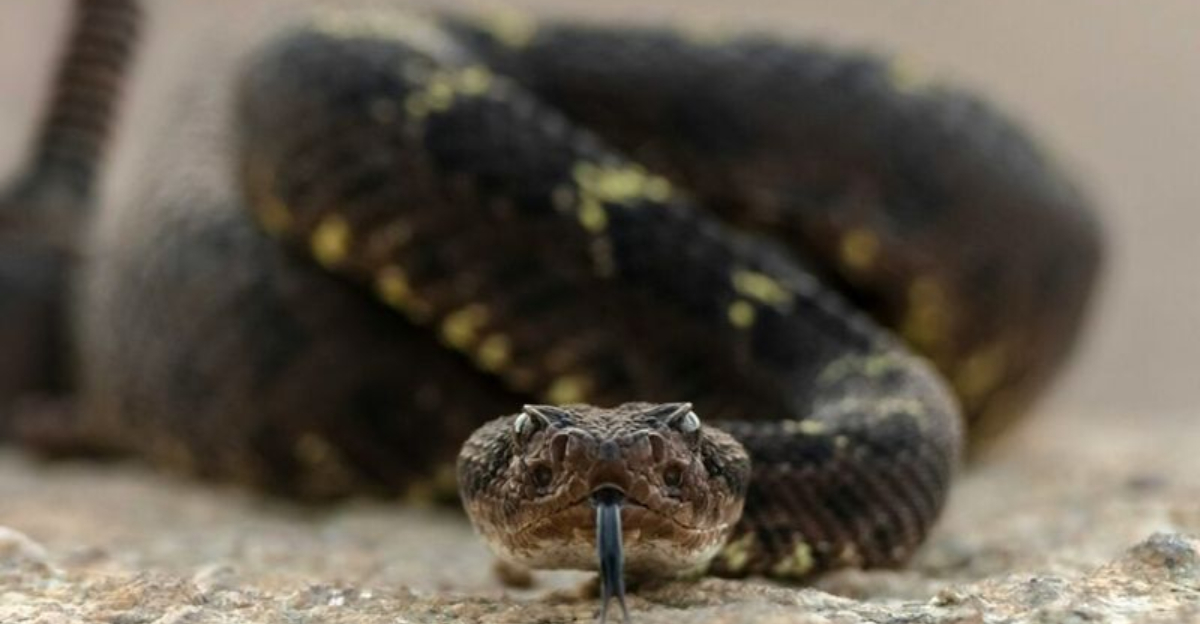
Snakes might seem scary to some, but they play a vital role in our world’s ecosystems. These reptiles help control pest populations, serve as food for other animals, and even contribute to medical research.
If all snakes suddenly disappeared, the impacts would ripple through our environment with surprising and devastating effects.
1. Rodent Apocalypse
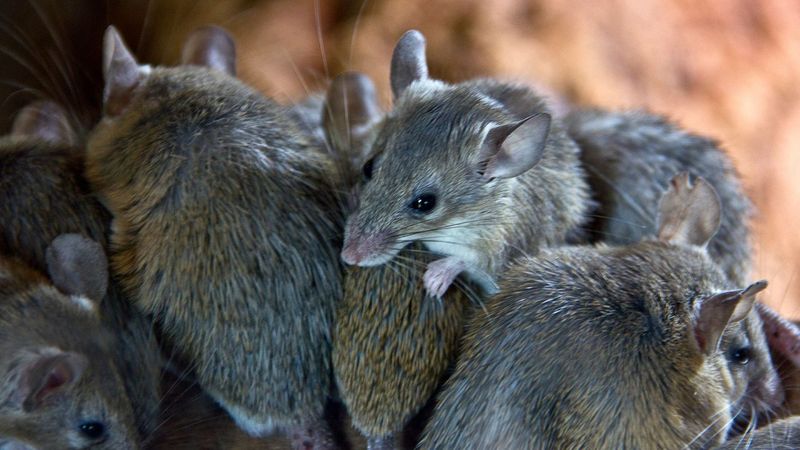
Rats and mice would throw a worldwide party if snakes vanished! A single pair of mice can produce up to 15,000 offspring in one year.
Without their slithering predators keeping numbers in check, rodent populations would explode exponentially. Farmers would face destroyed crops, while cities would battle unprecedented infestations, creating food shortages and property damage on a scale we’ve never experienced.
2. Disease Outbreak Surge
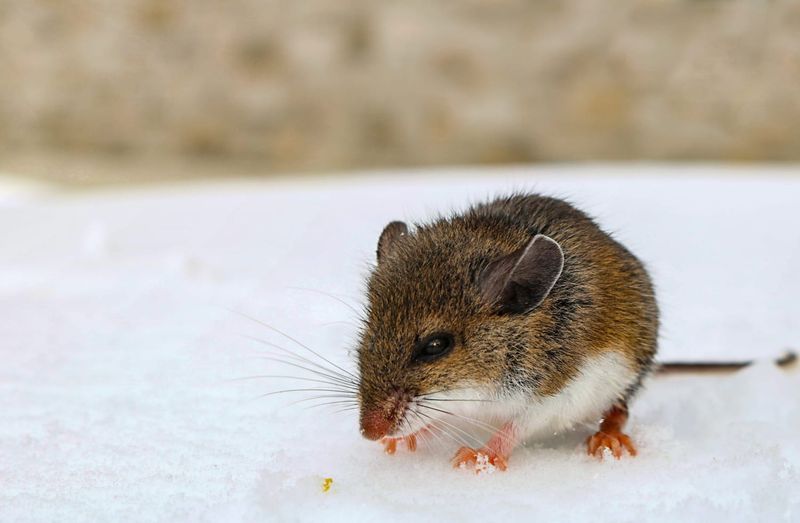
Rodents carry over 60 diseases transmissible to humans. Remember the Black Death? That was courtesy of rats.
With snake-free rodent populations booming, disease vectors would multiply unchecked. Lyme disease, hantavirus, and plague would spread through communities rapidly. Our healthcare systems would strain under the weight of these preventable illnesses, creating a public health crisis of massive proportions.
3. Food Web Collapse

Nature’s intricate balance would unravel without these reptilian regulators. Snakes occupy a critical middle position in countless food webs worldwide.
Their absence would create cascading failures throughout ecosystems. Prey species would initially boom, then crash as they deplete their own food sources. Predators that rely on snakes would starve. The ripple effects would touch virtually every living thing in affected habitats.
4. Birds Of Prey Starvation

Hawks circle overhead, scanning for their serpentine meals that no longer exist. For many raptors, snakes comprise up to 50% of their diet.
Eagles, hawks, and falcons would face severe food shortages without this protein-rich food source. Their populations would decline dramatically, further destabilizing ecosystems. The majestic birds we admire soaring above would become increasingly rare sights in our skies.
5. Amphibian Population Explosion
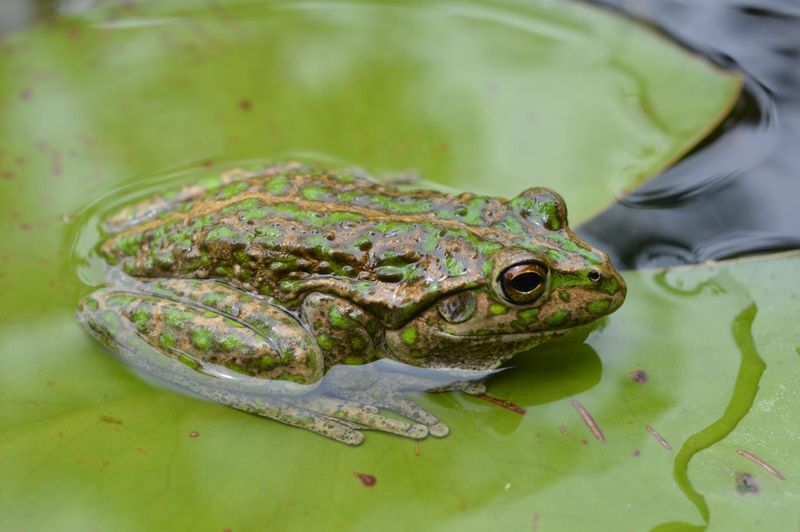
Frogs would take over wetlands without their serpentine predators! A single pond could support thousands more tadpoles.
This amphibian boom would initially seem positive but would quickly become problematic. Insect populations would plummet as frogs consume them voraciously. Plants depending on those insects for pollination would fail to reproduce. Even aquatic ecosystems would suffer as too many tadpoles consume available resources.
6. Agricultural Devastation
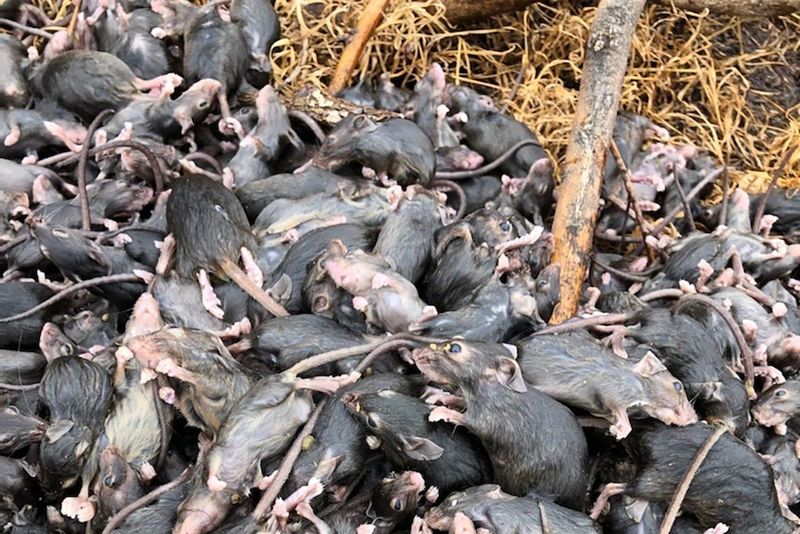
Farmers would watch helplessly as unchecked rodents devour entire harvests. A family of field mice can consume up to 8 pounds of grain daily.
Multiply that by millions of additional rodents, and food security becomes a global crisis. Crop losses would skyrocket, food prices would surge, and hunger would spread. Even with increased pesticide use, controlling these populations without natural predators would prove nearly impossible.
7. Medical Research Setback
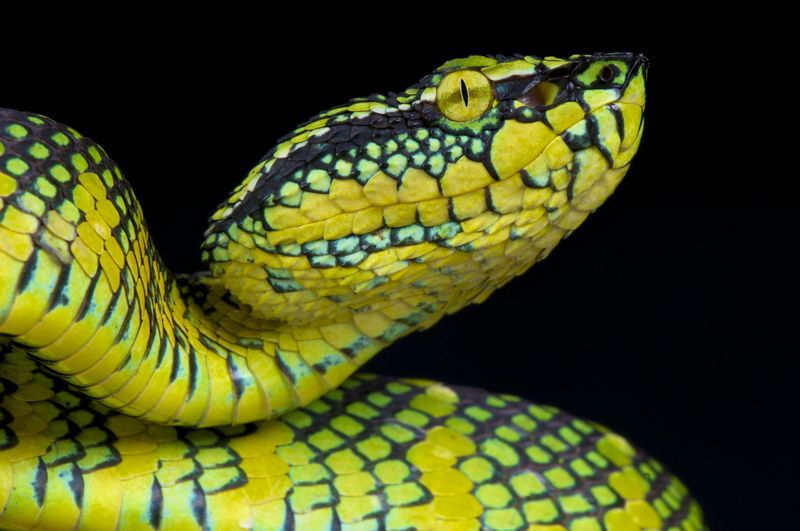
Snake venom contains compounds that save lives every day. The blood pressure medication captopril was developed from pit viper venom.
Losing snakes means losing potential treatments for strokes, heart attacks, cancer, and dozens of other conditions. Researchers have only scratched the surface of venom’s medical applications. Future breakthrough treatments would never be discovered, leaving countless patients without options.
8. Soil Degradation Crisis

Underground ecosystems would suffer as rodent tunneling reached unprecedented levels. Burrowing rodents can move over 20 tons of soil per acre annually.
Without snakes controlling their numbers, this activity would increase exponentially. Extensive tunneling would damage plant root systems, increase soil erosion, and alter water drainage patterns. Agricultural productivity would decline further as soil structure deteriorated across vast areas.
9. Insect Plague Emergence
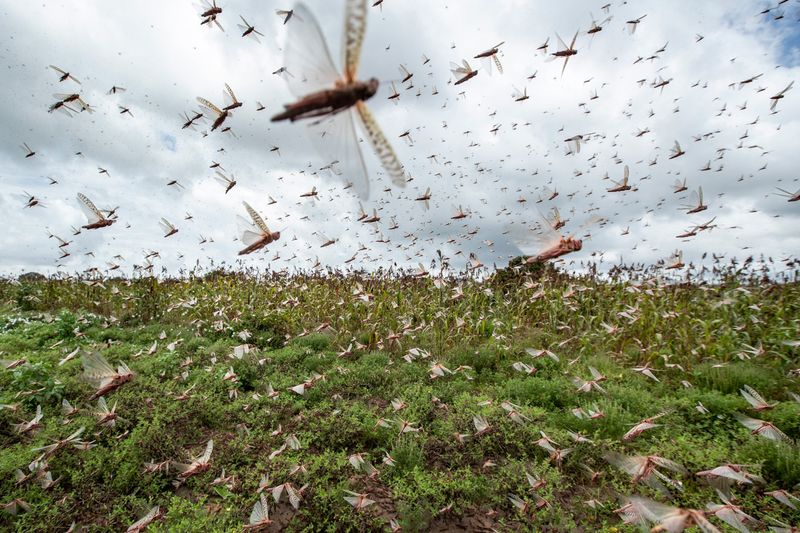
Many snake species feast on insects, keeping their numbers manageable. A single garter snake can eat hundreds of insects weekly.
Their disappearance would allow certain insect populations to surge unchecked. Crop-destroying locusts, mosquitoes, and other problematic insects would multiply rapidly. We’d face increased crop damage and disease transmission through insect vectors, creating dual agricultural and health crises.
10. Urban Infestation Nightmare

Cities would become rodent paradise without their slithering controllers. Even now, estimates suggest New York City has one rat for every person.
Without snakes patrolling city edges and green spaces, urban rodent populations would explode beyond imagination. Infrastructure damage would increase as rodents chew through wiring and pipes. Disease would spread rapidly in densely populated areas, creating public health emergencies in metropolises worldwide.
11. Small Mammal Extinction Wave
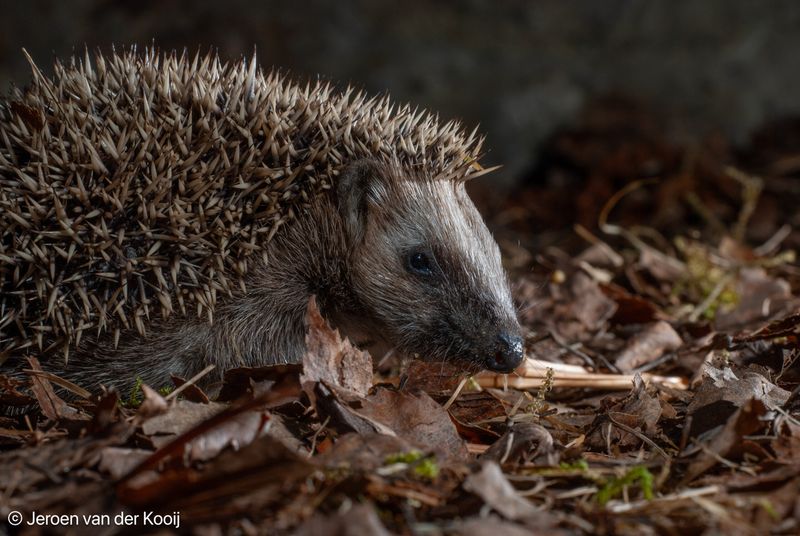
Counterintuitively, many small mammals would face extinction without snakes. Ecological relationships are complex – snakes control rodent competitors that would otherwise outcompete specialized small mammals.
Rare shrews, voles, and other small mammals would lose habitat and food sources to aggressive rodent species. This would trigger a wave of extinctions among these less adaptable species, further reducing biodiversity and destabilizing ecosystems already in crisis.
12. Cultural Heritage Loss

Snakes hold profound cultural significance across human civilizations. From ancient Egyptian worship of cobras to the medical caduceus symbol, serpents weave through our cultural fabric.
Their disappearance would sever connections to ancient traditions and symbolism. Indigenous knowledge of snake behaviors and venom properties would become lost wisdom. Our collective cultural heritage would be permanently diminished, losing powerful symbols that have guided human understanding for millennia.
13. Genetic Resource Elimination

Snakes have evolved remarkable adaptations over millions of years. Their DNA contains solutions to biological challenges that could benefit humanity.
Their extinction would erase this genetic library forever. We’d lose potential blueprints for advanced materials, medical treatments, and biological innovations. Scientists are just beginning to understand snake infrared sensing, efficient locomotion, and metabolism – knowledge that could inspire technologies we haven’t yet imagined.


